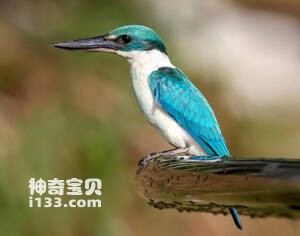
Todirhamphus chloris
Todirhamphus chloris,Halcyon chloris chloris,Collared Kingfisher
The white collar emerald is known as Todirhamphus chloris, Halcyon chloris c···
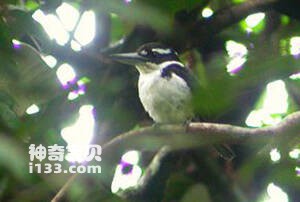
Todirhamphus funebris
Todirhamphus funebris,Halcyon funebris,Sombre kingfisher
Light black jade scientific name Todirhamphus funebris, Halcyon funebris, fo···
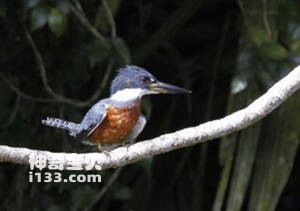
Todirhamphus farquhari
Todirhamphus farquhari,Chestnut-bellied kingfisher,Vanuatu kingfisher
The Vanuatu emerald, known as Todirhamphus farquhari, Chestnut-bellied kingf···
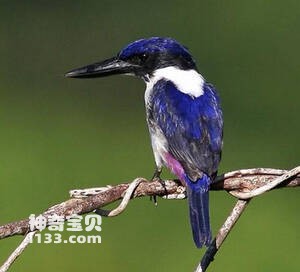
Todirhamphus leucopygius
Todirhamphus leucopygius,Ultramarine Kingfisher
Ultramarine Kingfisher, Todirhamphus leucopygius, is a single species with n···
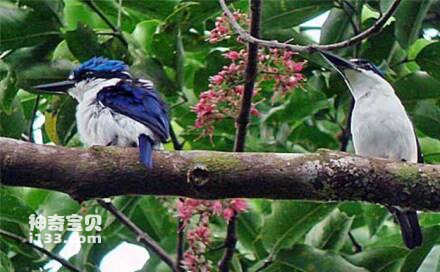
Todirhamphus albonotatus
Todirhamphus albonotatus,Halcyon albonotata,White-backed Kingfisher,New Britain kingfisher
Todirhamphus albonotatus, Halcyon albonotata, White-backed Kingfisher, New B···
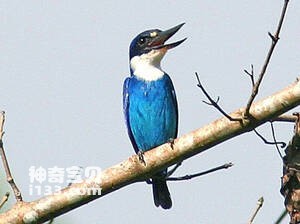
Todirhamphus lazuli
Todirhamphus lazuli,Lazuli kingfisher
The South Moluccan emerald is Todirhamphus lazuli, Lazuli kingfisher, a bird···
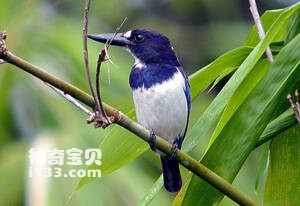
Todirhamphus diops
Todirhamphus diops,Moluccan Kingfisher
The Moluccan emerald, Todirhamphus diops, or Moluccan Kingfisher, is a speci···
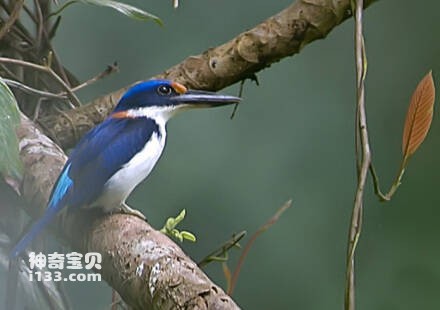
Todirhamphus winchelli
Todirhamphus winchelli,Halcyon winchelli,Rufous-lored Kingfisher,Winchell's Kingfisher
Philippine jade scientific names Todirhamphus winchelli, Halcyon winchelli, ···
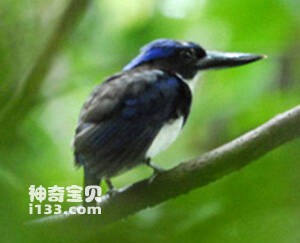
Todirhamphus nigrocyaneus
Todirhamphus nigrocyaneus,Blue-black Kingfisher
Todirhamphus nigrocyaneus, Blue-black Kingfisher, has three subspecies (1. T···
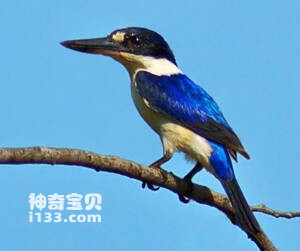
Todirhamphus macleayii
Todirhamphus macleayii,Forest Kingfisher
Todirhamphus macleayii, Forest Kingfisher, has three subspecies (Forest King···
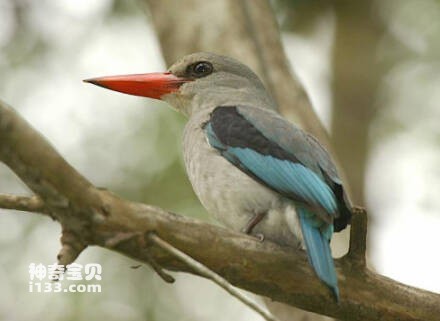
Halcyon senegaloides
Halcyon senegaloides,Mangrove Kingfisher
Halcyon senegaloides, also known as Mangrove Kingfisher, is a bird of the ge···
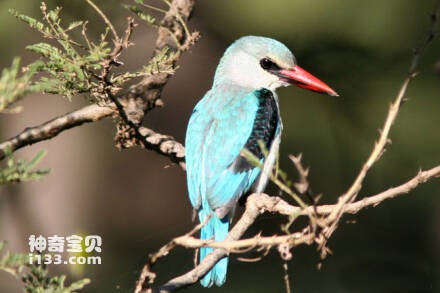
Halcyon senegalensis
Halcyon senegalensis,Woodland Kingfisher,Senegal Kingfisher
Halcyon senegalensis, Woodland Kingfisher, Senegal Kingfisher, There are thr···
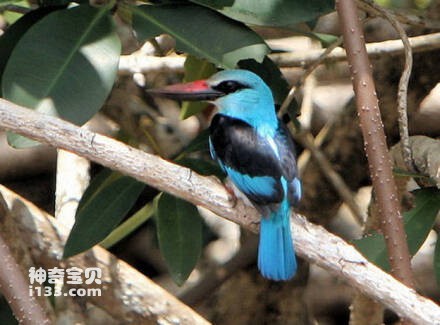
Halcyon malimbica
Halcyon malimbica,Blue-breasted Kingfisher
Halcyon malimbica, Blue-breasted Kingfisher, has four subspecies (1.Halcyon ···
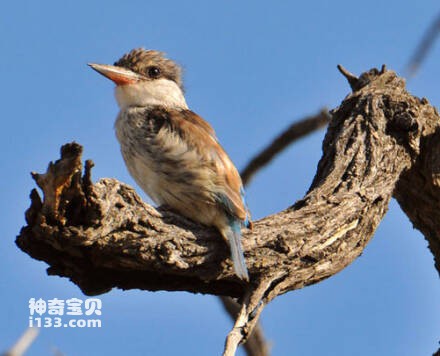
Halcyon chelicuti
Halcyon chelicuti,Striped kingfisher
Halcyon chelicuti, Striped kingfisher, has two subspecies (1.Halcyon chelicu···
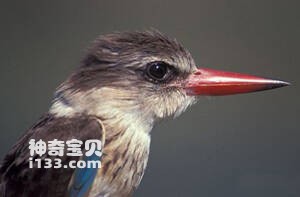
Halcyon albiventris
Halcyon albiventris,Brown-hooded Kingfisher
Halcyon albiventris, Brown-hooded Kingfisher, has four subspecies.Brown-head···
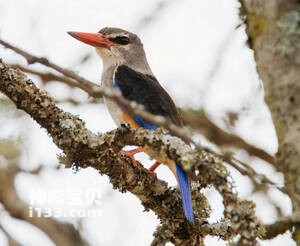
Halcyon leucocephala
Halcyon leucocephala,Gray-headed Kingfisher,Chestnut-bellied Kingfisher
Halcyon leucocephala, Gray-headed Kingfisher, Chestnut-bellied Kingfisher, t···
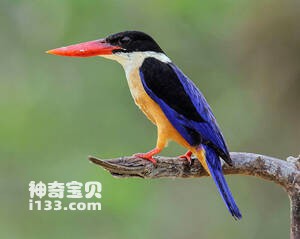
Halcyon pileata
Halcyon pileata,Black-capped Kingfisher
Halcyon pileata, Black-capped Kingfisher, no subspecies。The blue jade is of···
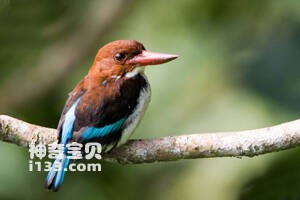
Halcyon badia
Halcyon badia,Chocolate-backed kingfisher
Halcyon badia, Chocolate-backed kingfisher, has three subspecies。Chestnut b···
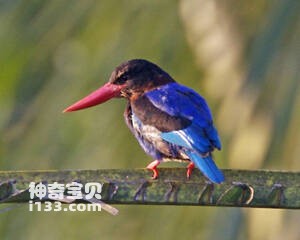
Halcyon cyanoventris
Halcyon cyanoventris,ava Kingfisher
Jadeite Halcyon cyanoventris, ava Kingfisher, no subspecies.Javanese jade is···
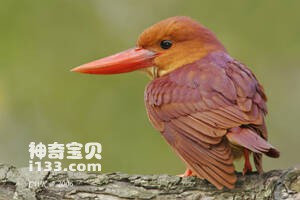
Halcyon coromanda
Halcyon coromanda,Ruddy Kingfisher
Halcyon coromanda, Ruddy Kingfisher, has 10 subspecies.The red jade is solit···
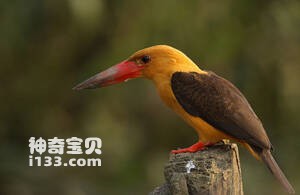
Pelargopsis amauropterus
Pelargopsis amauropterus,Brown-winged Kingfisher
Pelargopsis amauropterus, Brown-winged Kingfisher, has no subspecies.Brownwi···
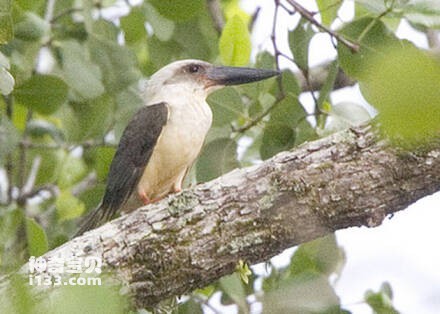
Pelargopsis melanorhyncha
Pelargopsis melanorhyncha,Black-billed Kingfisher,Great-billed Kingfisher
The scientific name Pelargopsis melanorhyncha, the foreign name Black-billed···
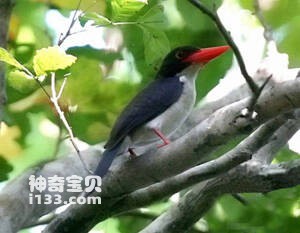
Caridonax fulgidus
Caridonax fulgidus,Glittering kingfisher
Glittering kingfisher The Glittering Kingfisher emerald has two subspecies a···
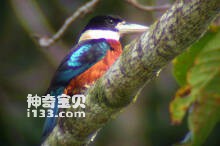
Dacelo gaudichaud
Dacelo gaudichaud,Rufous-bellied Giant Kingfisher,Rufous-bellied kookaburra
The Rufous-bellied Giant Kingfisher and Rufous-bellied kookaburra have no su···
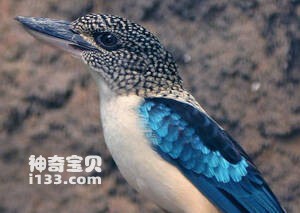
Dacelo tyro
Dacelo tyro,Spangled kookaburra,Aru Giant Kingfisher
The scientific name Dacelo tyro, the foreign name Spangled kookaburra, Aru G···
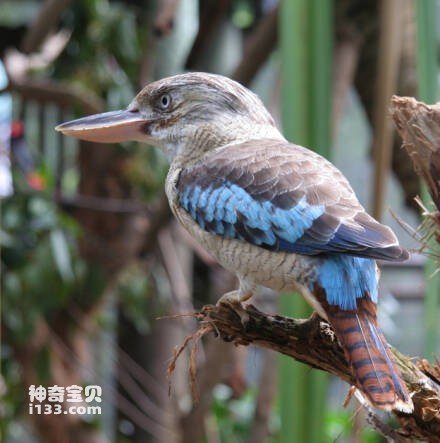
Dacelo leachii
Dacelo leachii,Blue-winged kookaburra
The Blue-winged kookaburra has four subspecies, Dacelo leachii and blue-wing···
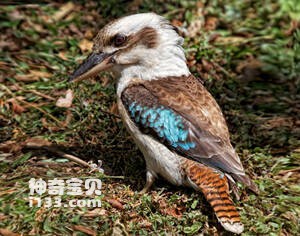
Dacelo novaeguineae
Dacelo novaeguineae,Laughing Kookaburra,Laughing Jackass
Laughing Kookaburra, Laughing Jackass and Dacelo novaeguineae have two subsp···
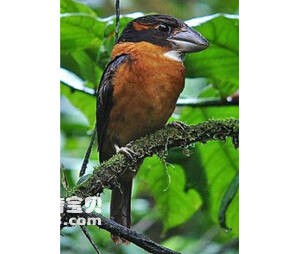
Clytoceyx rex
Clytoceyx rex,Shovel-billed Kingfisher,Shovelbilled kingfisher
The Shovel-billed Kingfisher has two subspecies, Clytoceyx rex and shovel-bi···
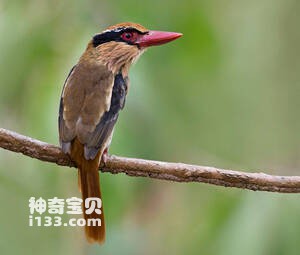
Cittura cyanotis
Cittura cyanotis,Sulawesi Blue-eared Kingfisher,Celebes flatbilled kingfishe
The species is known as Cittura cyanotis, Sulawesi Blue-eared Kingfisher, Ce···
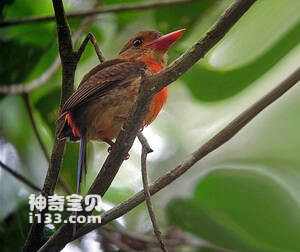
Tanysiptera danae
Tanysiptera danae,Brown-backed Paradise Kingfisher
Tanysiptera danae, Brown-backed Paradise Kingfisher, is a very beautiful kin···
